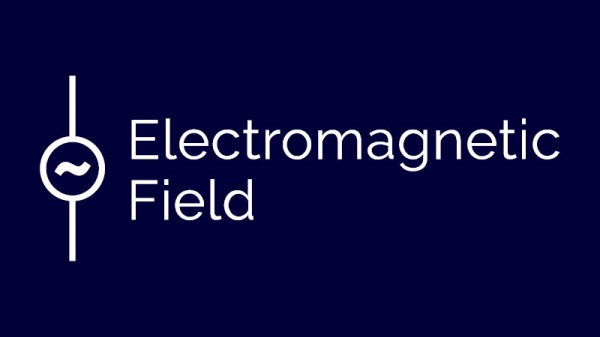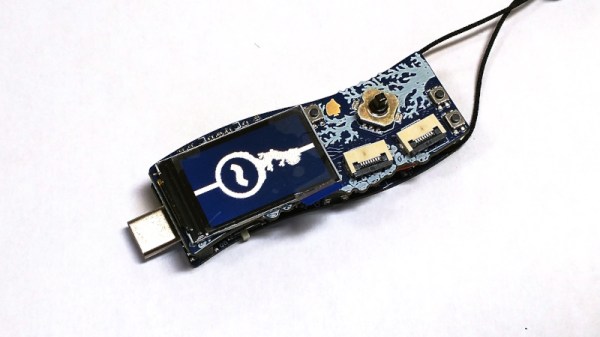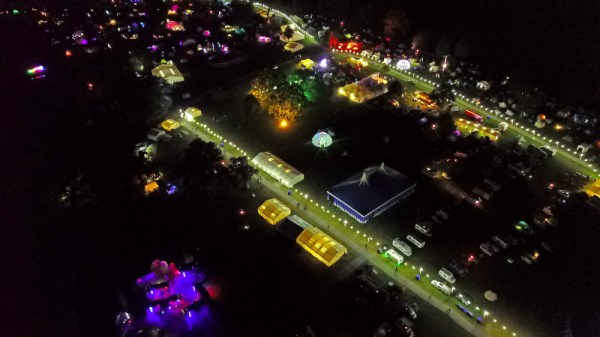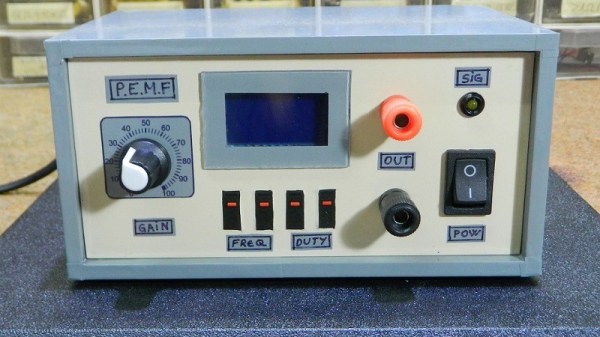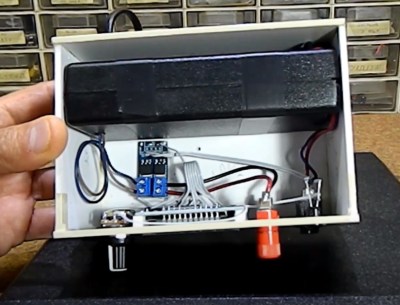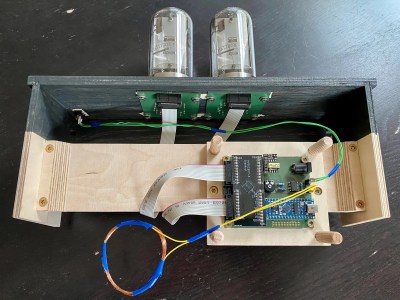Earlier this year we made the journey to a field in the West of England for the Electromagnetic Field hacker camp. It was the usual few days of fun in the open air, but due to a few technical difficulties we were unable to point you to any of the talks. We’re happy to note that now the dust has settled they are uploading talks, and there are a decent number up on YouTube with more to come.
Paging through the talks uploaded so far, and there’s plenty to get your teeth into. We’ll start with a couple that should be viewed as a pair, [Robin Wilson] on UK railway signalling, and [Anthony Williams] giving us a crash course in railway safety, and then while we’re on a railway theme continue to [Hugh Wells] on hacking the train ticket system. Those first two amply demonstrate the best in our community, in that here are professionals sharing knowledge with us we’d never hear without working in that field.
Another esoteric talk that’s typical of a hacker camp schedule and which should be of interest to anyone who has wrestled with time synchronization comes from [John Dalziel], who gives us a brief history of time zones and daylight saving time. A talk that had me riveted during a train journey though came from [Cybergibbons], who describes penetration testing at a cruise ship scale.
These are just a few of the ones uploaded thus far, and as this is being written there are more appearing. So keep checking and you’ll see some really good ones. Meanwhile, have a read of our report from the event.

